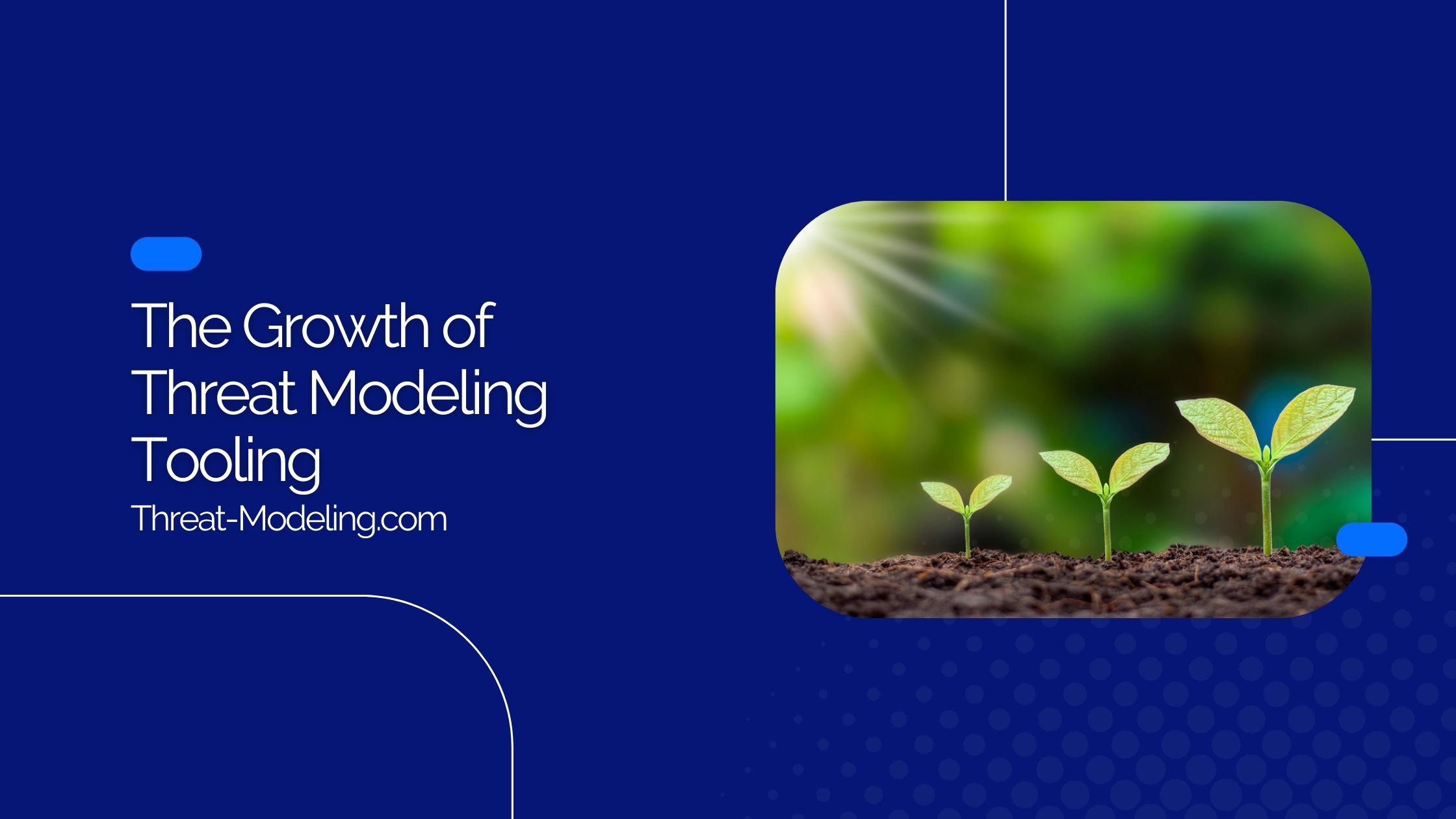In this article we’ll talk about the growth of threat modeling tooling.
Think about building a new house. You wouldn’t dream of waiting until the very end to put in a good foundation, thick walls, good locks or smoke detectors, right?
Well, the same idea holds true for creating software these days. Cyber threats are getting trickier and more persistent, so companies are realizing they can’t just tack security on at the finish line. This change in thinking is why the market for threat modeling tools is really taking off. Experts predict it will grow along with overall cyber security growth and beyond.
Why Are Threat Modeling Tools Suddenly So Popular?
Facing Cybersecurity Challenges Directly
Cyber related attacks are occuring more and more often now. That means we need to get ahead of the game, figuring out potential security problems before they happen. Threat modeling tools help companies spot weaknesses early on in the software building process, which can stop expensive data breaches and keep sensitive information safe.
As companies do more online, their digital footprint gets bigger and more complicated to protect. Tools offered by companies like threat-modeling.com offer flexible solutions that can grow and change with different industries and company sizes. Plus, think about how much we rely on cloud services and all those connected ‘Internet of Things’ (IoT) devices. They open up way more doors for potential attackers, making old-school security less reliable. This is why businesses are turning to threat modeling. It helps them guess where the next threat might come from and check if their current defenses are actually working.
In short, threat modeling tooling has moved on a lot since the Microsoft Threat Modeling Tool.
Keeping Up with Increasing Rules and Regulations
Another big reason is keeping up with regulations. Governments and industry bodies (think NIST 800-53, NIST CSF, EU NIS & DORA, FDA guidelines, and others specific to certain fields) are demanding better cyber security. Using threat modeling isn’t just a good idea anymore; often, it’s flat-out required. Staying compliant is a must-do activity for companies.
This is certainly the case in finance, healthcare, and essential services where regulations are the norm. Take HIPAA for healthcare data in the US or GDPR in Europe – they have very strict rules about protecting information. By building threat modeling into their process, companies can tackle security risks head-on and feel confident they’re meeting these tough standards.
DevSecOps: Shifting Security Left
Making Security Part of the Build Process
It’s also about weaving security right into how software gets made. There’s a big movement called DevSecOps, often described as “shifting left.” Basically, it means thinking about security much earlier in the development timeline, not just at the end. When security is part of the conversation from day one, teams can catch potential problems sooner. This lowers risk and helps make sure security keeps pace as the software grows. It’s not just about being safer; it helps speed things up too, making security a natural part of building great software.
Dealing with the Cybersecurity Skills Shortage
But here’s the twist: the right individuals. Even while more companies are vying for threat modeling software, the threats themselves are becoming more sophisticated, demanding true expertise. We desperately need to have skilled experts who can operate these tools and understand the evolving environment, but there just aren’t enough to go around.
Emerging technology like Artificial Intelligence (AI) and Machine Learning (ML), while potent, also brings with it layers of complexity that require deep knowledge which is hard to find. However, people are required to run Artificial Intelligence and Machine Learning. Improving cyber security skills is not just a case of filling jobs; it’s crucial to competitiveness. And let’s not forget, threat modeling is not just for security geeks.
Making Security Simpler and More Effective
This is where platforms like the one from threat-modeling.com aim to make a difference. They focus on weaving security smoothly into the entire software development lifecycle, right from the initial design all the way to launch.
Threat-modeling.com offer tools designed to help bridge that skills gap. For instance, AI assistant, can automate some key security jobs, helping meet the need for strong protection. By automatically spotting potential threats and giving useful feedback in the moment, threat-modeling.com helps keep security measures effective and up-to-date.
Wrapping Up: The Growth of Threat Modeling Tooling
In short, the world of threat modeling tools is definitely expanding, and being proactive about security is more important than ever. Between tougher regulations and the sheer need for better cyber defense, companies really need smart solutions to keep up. Offerings like automated threat modeling from threat-modeling.com provide clever, AI-assisted ways to make security integration easier and build stronger defenses right from the beginning.
It’s all about staying ahead in the cybersecurity game. If you’re curious about how threat-modeling.com could reshape your security approach, it might be worth looking into what we can do.
The growth of threat modeling tooling is happening. Will you join in?


